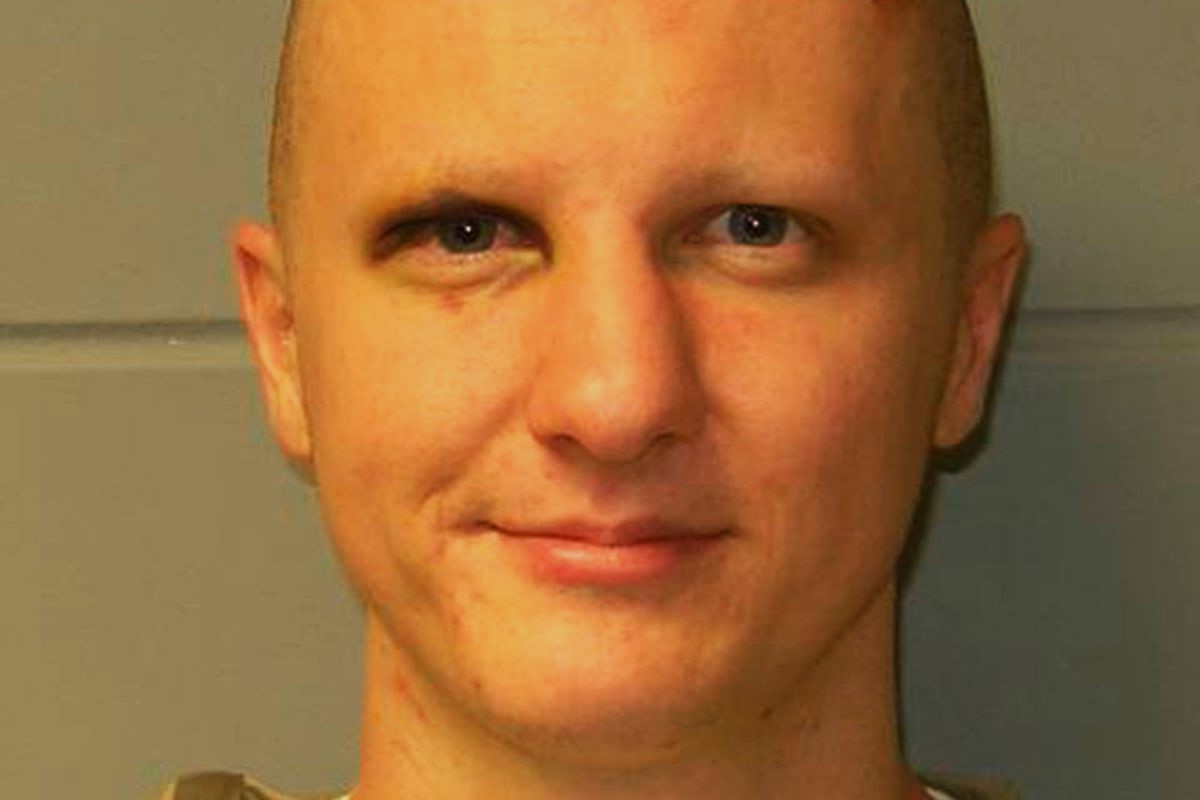
Who is Jared Lee Loughner? Jared Lee Loughner is a name that many remember due to a tragic event in American history. On January 8, 2011, Loughner carried out a mass shooting in Tucson, Arizona, targeting a constituent meeting held by U.S. Representative Gabrielle Giffords. This horrific act resulted in six deaths and left 13 others injured, including Giffords. Loughner's actions shocked the nation and sparked discussions about mental health, gun control, and political rhetoric. Born on September 10, 1988, Loughner had a troubled past marked by erratic behavior and run-ins with the law. His story serves as a grim reminder of the potential consequences of untreated mental illness and societal neglect.
Key Takeaways:
- Jared Lee Loughner's troubled background and mental health issues played a significant role in the 2011 Tucson shooting, highlighting the importance of early intervention and support for individuals with similar struggles.
- The impact of the Tucson shooting on gun control debates and mental health awareness in the U.S. continues to shape public discourse and legislation, emphasizing the need for proactive measures to prevent similar tragedies.
Early Life and Background
Understanding Jared Lee Loughner's early life helps paint a picture of his later actions. Here are some key points about his background.
-
Born on September 10, 1988: Jared Lee Loughner was born in Tucson, Arizona. His early years were spent in this desert city.
-
Attended Mountain View High School: Loughner went to Mountain View High School but did not graduate. He dropped out in 2006.
-
Parents: His parents, Randy and Amy Loughner, were described as private and somewhat reclusive. They lived in the same house for over 30 years.
-
Interest in Music: Loughner played the saxophone in his high school band. Music was one of his few known hobbies.
-
Mental Health Issues: From a young age, Loughner exhibited signs of mental health problems. These issues became more pronounced as he grew older.
Education and Early Adulthood
Loughner's educational journey and early adulthood were marked by instability and troubling behavior.
-
Pima Community College: He enrolled at Pima Community College in 2005 but was suspended in 2010 due to disruptive behavior.
-
Behavioral Problems: His college classmates and teachers reported erratic and disturbing behavior, leading to multiple complaints.
-
Drug Use: Loughner had a history of drug use, including marijuana and hallucinogens. This likely exacerbated his mental health issues.
-
Failed Military Enlistment: In 2008, he attempted to enlist in the U.S. Army but was rejected for failing a drug test.
-
Online Presence: Loughner was active on social media and various online forums, where he often posted bizarre and incoherent messages.
The 2011 Tucson Shooting
The most infamous chapter of Loughner's life is the 2011 Tucson shooting, which shocked the nation.
-
January 8, 2011: On this day, Loughner opened fire at a constituent meeting held by U.S. Representative Gabrielle Giffords.
-
Location: The shooting took place outside a Safeway supermarket in Casas Adobes, a suburb of Tucson.
-
Victims: Six people were killed, including a federal judge and a nine-year-old girl. Thirteen others were injured.
-
Gabrielle Giffords: Giffords was shot in the head but survived. Her recovery became a symbol of resilience.
-
Weapon Used: Loughner used a Glock 19 semi-automatic pistol, which he had legally purchased.
Arrest and Legal Proceedings
Loughner's arrest and subsequent legal battles were closely followed by the media.
-
Immediate Arrest: He was tackled and subdued by bystanders before being arrested by the police.
-
Charges: Loughner faced multiple federal charges, including the attempted assassination of a member of Congress.
-
Mental Competency: His mental competency to stand trial was a significant issue. He was diagnosed with schizophrenia.
-
Forced Medication: A judge ordered that Loughner be forcibly medicated to restore his competency for trial.
-
Guilty Plea: In 2012, Loughner pleaded guilty to 19 counts, avoiding the death penalty in exchange for life imprisonment without parole.
Life in Prison
Loughner's life behind bars continues to be a subject of interest and speculation.
-
Incarceration: He is serving his life sentence at the Federal Medical Center in Rochester, Minnesota.
-
Mental Health Treatment: Loughner receives ongoing mental health treatment while in prison.
-
Limited Contact: He has limited contact with the outside world, including his family.
-
No Parole: Loughner will spend the rest of his life in prison without the possibility of parole.
-
Media Attention: His case continues to attract media attention, particularly around anniversaries of the shooting.
Impact and Legacy
The Tucson shooting had a profound impact on gun control debates and mental health awareness in the U.S.
-
Gun Control Debate: The shooting reignited debates over gun control laws in the United States.
-
Mental Health Awareness: It also highlighted the need for better mental health care and intervention.
-
Gabrielle Giffords' Advocacy: Giffords and her husband, Mark Kelly, became prominent advocates for gun control.
-
Legislation: Some states enacted stricter gun laws in the aftermath of the shooting.
-
Public Memory: The event remains a significant moment in recent American history, often cited in discussions about gun violence.
Personal Reflections and Insights
Understanding Loughner's personal reflections and insights can provide a deeper understanding of his actions.
-
Manifesto: Loughner wrote a manifesto outlining his beliefs, which included anti-government sentiments.
-
Paranoia: He exhibited extreme paranoia, believing in various conspiracy theories.
-
Isolation: Loughner was increasingly isolated in the years leading up to the shooting, withdrawing from friends and family.
-
Influence of Literature: He was influenced by various books, including "Mein Kampf" and "The Communist Manifesto."
-
Final Thoughts: In his final communications before the shooting, Loughner expressed a desire to "wake people up" to his perceived truths.
Reflecting on Jared Lee Loughner
Jared Lee Loughner's story is a chilling reminder of how mental health issues can intersect with violence. His actions on January 8, 2011, left a lasting impact on many lives and sparked national conversations about gun control and mental health care. Understanding the complexities of his background, including his troubled youth and erratic behavior, helps paint a fuller picture of the events leading up to that tragic day.
Loughner's case also highlights the importance of early intervention and support for those struggling with mental health issues. While his actions were inexcusable, they underscore the need for better systems to identify and help individuals in crisis before they reach a breaking point. By learning from such incidents, society can work towards preventing future tragedies and fostering a safer, more supportive environment for everyone.
Frequently Asked Questions
Was this page helpful?
Our commitment to delivering trustworthy and engaging content is at the heart of what we do. Each fact on our site is contributed by real users like you, bringing a wealth of diverse insights and information. To ensure the highest standards of accuracy and reliability, our dedicated editors meticulously review each submission. This process guarantees that the facts we share are not only fascinating but also credible. Trust in our commitment to quality and authenticity as you explore and learn with us.


